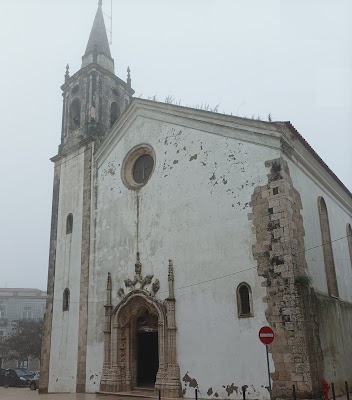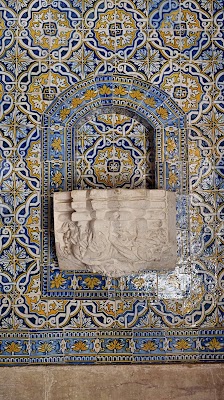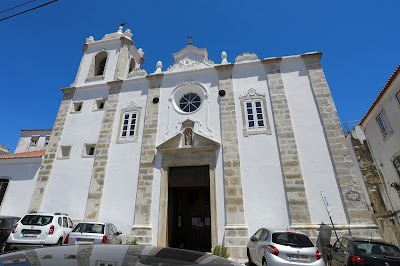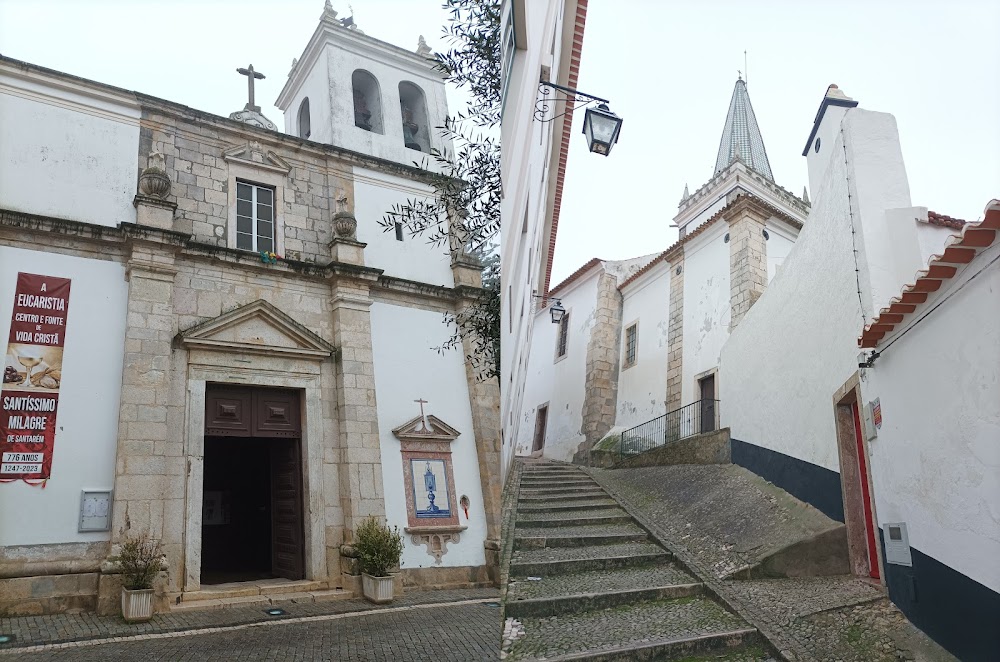Church of Marvila (Igreja de Marvila)
Overview
The Church of Marvila, nestled in the enchanting city of Santarém, Portugal, stands as an architectural and historical treasure that no visitor should overlook. This magnificent edifice resides at the heart of Santarém's rich cultural tapestry, offering an intriguing glimpse into the country's religious and artistic heritage.
The origins of the Church of Marvila trace back to the early 12th century, originally built by the Knights Templar under the orders of King Afonso Henriques, Portugal's first king. This church was erected to commemorate the Christian Reconquista of Santarém from the Moors. Over the centuries, it has undergone various transformations and restorations, each contributing to its layered and complex history.
One of the church's most remarkable features is its Manueline architecture, a distinctive style that flourished during the late 15th and early 16th centuries under King Manuel I. This ornate style blends Gothic, Moorish, and early Renaissance influences, reflecting Portugal’s maritime prowess during this period. Visitors will be captivated by the elaborate decorations that adorn both the façade and interior, including the quintessentially Portuguese azulejos—ceramic tiles that depict a myriad of religious and historical scenes in exquisite detail.
Upon entering, visitors are greeted by a beautifully designed nave featuring a vaulted ceiling that showcases the craftsmanship of its time. The interior boasts remarkable details, from finely carved woodwork to gilded altarpieces and vibrant frescoes. The chancel, influenced by Baroque architecture, houses an impressive altarpiece that draws the eye with its intricate carvings and gold leaf accents. Each element within the church narrates a story, reflecting the diverse architectural and artistic movements that have left their mark on this sacred space.
An intriguing aspect of the Church of Marvila is its deep connection to the local community. Throughout its history, it has served not only as a place of worship but also as a hub for social and cultural activities. The church grounds have witnessed significant historical events, local festivals, and gatherings that have shaped the identity of Santarém. This profound connection resonates with visitors, who often sense the living history embedded within the church’s walls.
Beyond its architectural splendor, the church houses an impressive collection of religious art and artifacts, including statues, paintings, and liturgical items spanning several centuries. Among the most notable is the statue of Our Lady of Marvila, a revered icon that draws pilgrims and devotees from across Portugal.
Outside the church, the surrounding area of Marvila offers a picturesque backdrop for exploration. The cobblestone streets, lined with traditional Portuguese houses and cozy cafes, create a charming atmosphere that complements the historical ambiance of the church. Nearby, the Garden of Portas do Sol provides a serene space to relax and enjoy breathtaking views of the Tagus River and the rolling hills of the Ribatejo region.
For those eager to delve deeper into the church’s history, guided tours are available, offering insightful commentary and anecdotes that breathe life into the past. Additionally, the church frequently hosts cultural events and concerts, giving visitors the chance to experience its acoustics and ambiance in a unique and memorable way.
In summary, the Church of Marvila is more than just a historical monument; it serves as a beacon of Portugal’s rich cultural and religious heritage. Whether you are an architecture enthusiast, a history buff, or simply someone seeking a moment of reflection, the Church of Marvila provides an unforgettable experience. Its beauty, historical significance, and the stories it holds make it a must-visit destination in Santarém.







